Research Tuesday: Literacy Instruction for Students with Significant Disabilities
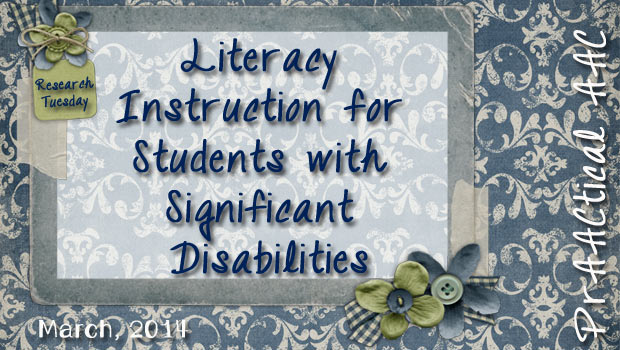
We all remember certain ‘firsts’ – your first bike, your first plane ride, your first car. One of my memorable ‘firsts’ is the first book I was ever given that was ‘just for me.’ I have fond memories of lazy summer afternoons with The Wishing Well, one of the Alice and Jerry basal readers. I may have broadened my library since that was given to me for my 4th birthday, but it still sits on my shelf and just paging through it brings back memories of being transported to another world.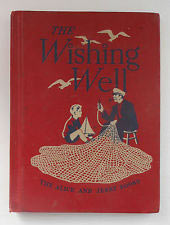
We can hardly imagine what life would be like without books. Reading brings us more than information. It allows us to explore, escape, relax, and dream. What must it be like to be deprived of the chance to learn and enjoy the printed word?
Sadly, that is the reality for too many children and adults with AAC needs. In this post for Research Tuesday, organized by Rachel Wynn of Gray Matter Therapy, we challenge misconceptions about literacy for individuals with significant disabilities. This study looks at a commercially available curriculum, MeVille to WeVille, under real-world conditions. You can access the full-text article here.
Who Participated?
- Students: 23 students, aged 5-12, who were judged to have severe to profound learning difficulties. Most did not use speech to communicate. Many had physical and sensory limitations in addition to their intellectual disabilities.
- Interventionists: The curriculum was implemented primarily by the three classroom teachers. Teaching assistants and therapists provided support and were also included in this study.
What Did They Do?
Implemented the MeVille to WeVille curriculum for 30-minutes each day for 8 weeks. Early literacy skills, such as concepts of print and letter identification, were measured at the beginning and at the end of this intervention. Data was also gathered from teacher interviews and classroom observations.
What Did They Find?
First of all, teachers immediately increased the amount of time spent on literacy-related instruction. In terms of the students’ literacy skills, the results were positive, but not statistically significant. Literacy gains were seen in subtests on writing, letter identification (upper and lower case), concepts of print, and phoneme blending. There were also student gains in communication skills, specifically, increases in the frequency with which they initiated interaction. In a White Paper on this study, the authors state:
“Pre-implementation observations suggest that very few students initiated interactions and those who did, initiated rarely. Most students did not appear to be actively engaged and/or eager to communicate. When technology was present during the pre-implementation phase, students appeared to wait for the device to appear in front of them or for a direct prompt from an adult before they used the device. By the end of the project many of the students demonstrated increased levels of engagement with a clear desire to interact with both the adults and other students around them.”
What Are The Implications?
It is promising but much more research is needed. Without statistically significant results, we cannot conclude that 8 weeks of this program is an effective means of teaching literacy skills to students with severe to profound disabilities. However, the outcomes are encouraging and it certainly warrants further investigation. These are students who may take lots of practice to learn and are likely to need more than 8 weeks of instruction in order to acquire new skills.
A PrAACtical Perspective
Research on the best ways to promote literacy skills in students with significant disabilities is in its infancy. This study encourages us all to keep working to provide high-quality literacy intervention to these and all students who use AAC. Using this curriculum doesn’t guarantee that a student with severe to profound disabilities will develop literacy skills. The only real guarantee is what happens if we DON’T teach these skills.
Our thanks to ATIA for providing access to this article free of charge.
::::::::::::::::::::::::::::::::::::::::::::::::::::::::::::::::::::::::::::::::::::::::::::::::::::::::::
Erickson, K.A., Clendon, S.A., Abraham, L., Roy, V., & Van de Karr, H. (2005). Toward positive literacy outcomes for students with significant developmental disabilities. Assistive Technology Outcomes and Benefits, 2,1, 45-55.
Filed under: PrAACtical Thinking
Tagged With: literacy, Research Tuesday
This post was written by Carole Zangari
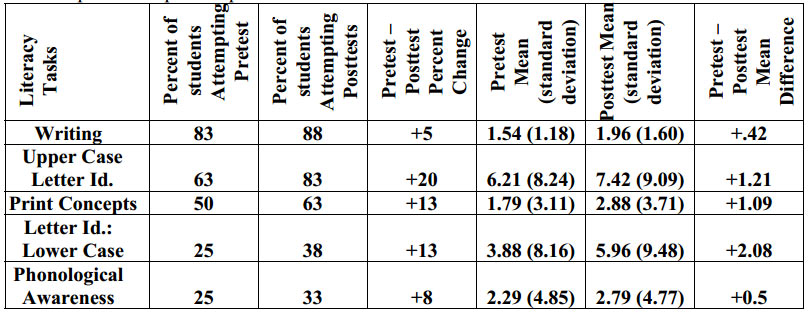
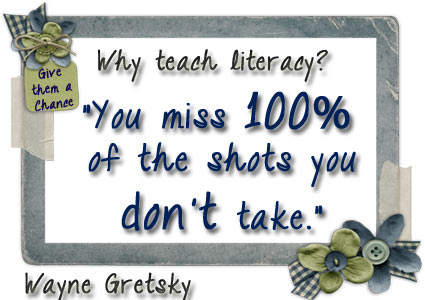

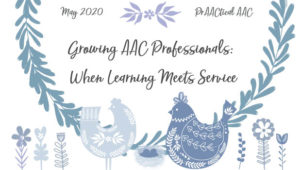
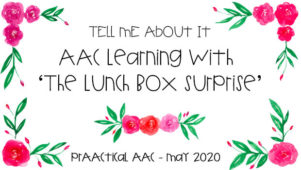
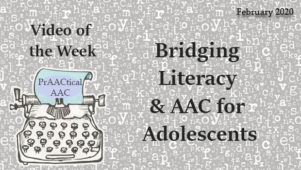
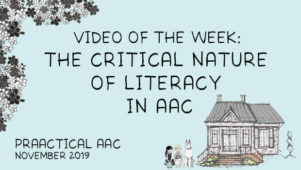
1 Comment
I have been using this curriculum for several years in an intensive intervention program. It is a fabulous framework for literacy and COMMUNICATION! One of my favorite features of the series is the ” action dictionary” that provides options for a variety of participation modes. Very inspiring!